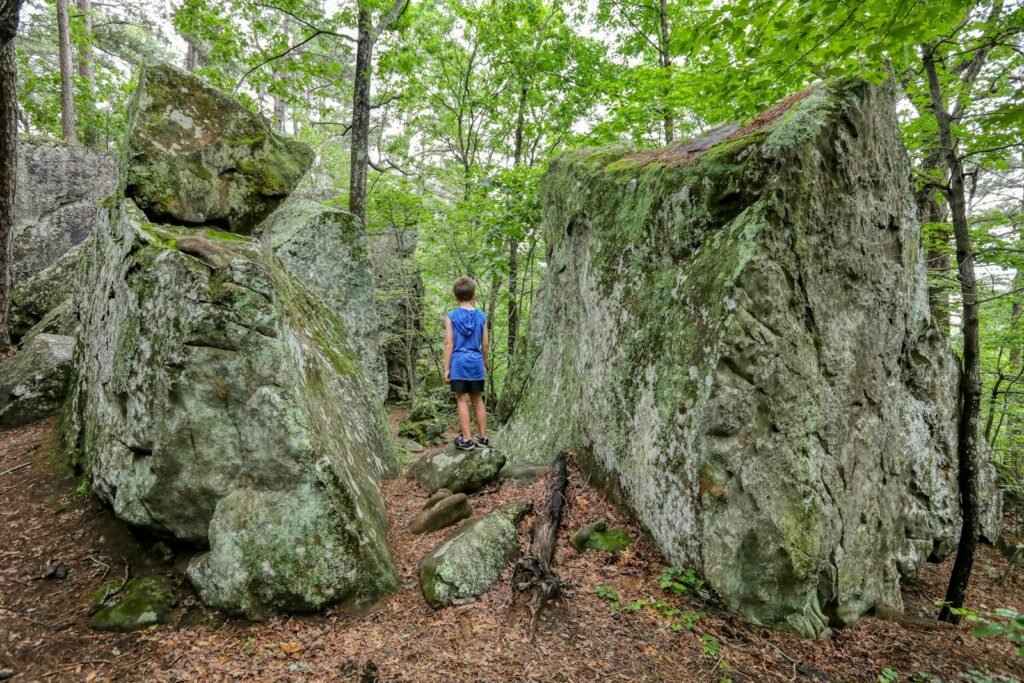Hidden in the rolling hills of Salem, New Hampshire, lies one of North America’s most enigmatic archaeological puzzles. For over a century, Mystery Hill has captivated researchers, tourists, and conspiracy theorists alike with its maze of stone chambers, mysterious alignments, and unexplained structures. This 30-acre site, officially known as America’s Stonehenge, challenges everything we thought we knew about pre-Columbian America.
The crude stone walls snake through the forest like ancient arteries, connecting chambers that seem to defy conventional explanations. Some visitors report an almost mystical feeling when walking among these weathered granite slabs, as if the stones themselves hold secrets from a forgotten civilization. Could this really be evidence of ancient European visitors to the New World, or is it simply an elaborate 18th-century farmer’s folly?
The Discovery That Changed Everything
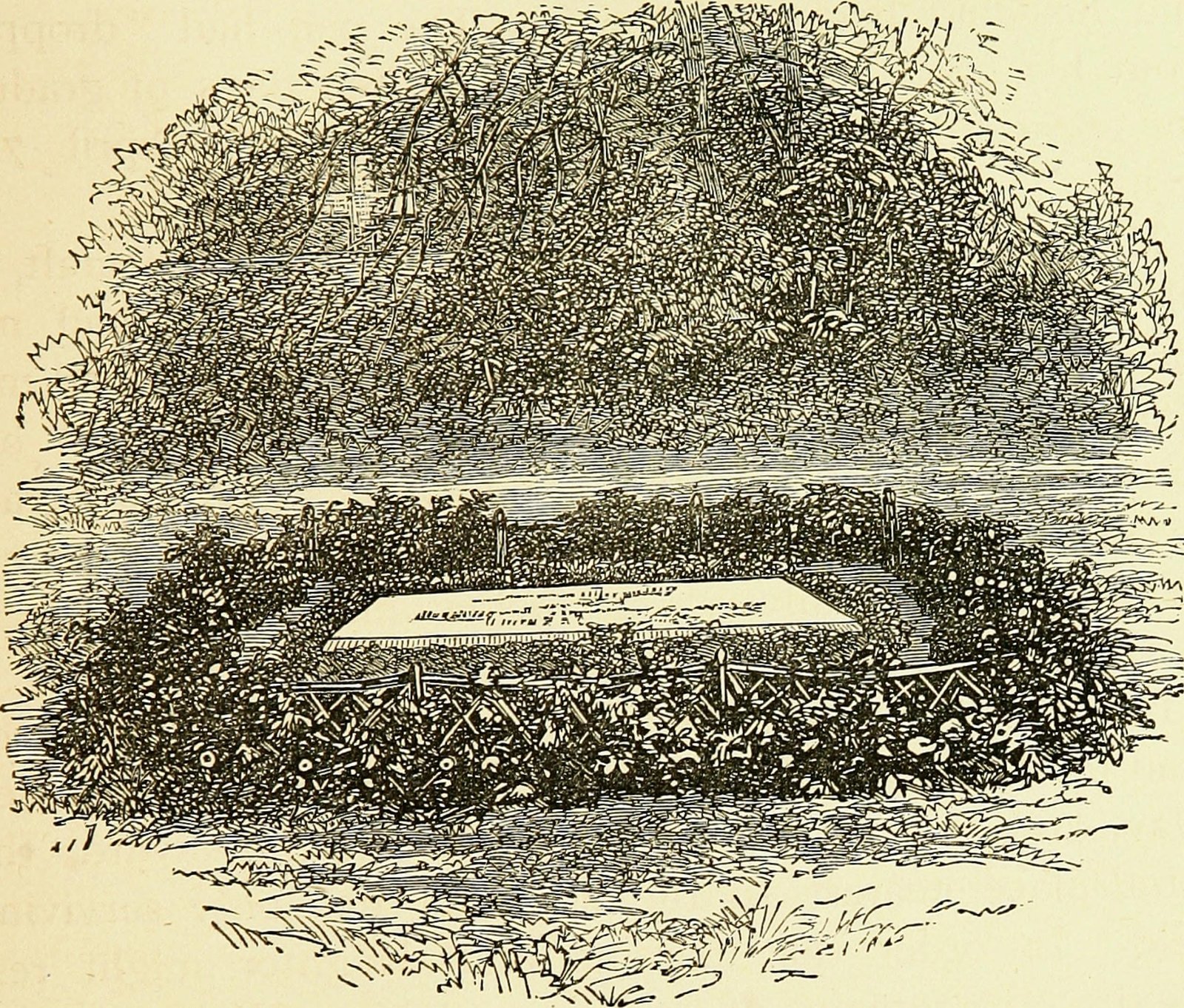
William Goodwin, an insurance executive from Hartford, Connecticut, first stumbled upon these mysterious structures in 1937. He purchased the property with a burning conviction that he had found proof of ancient Irish monks who had reached America centuries before Columbus. Goodwin’s enthusiasm was infectious, but his archaeological methods were, by today’s standards, catastrophically destructive.
The amateur archaeologist moved stones, rebuilt walls, and essentially redesigned portions of the site to fit his preconceived notions. His well-meaning but misguided efforts created a nightmare for future researchers trying to separate original construction from modern reconstruction. It’s like trying to solve a jigsaw puzzle when someone has already mixed pieces from three different boxes.
Stone Chambers That Defy Logic

The most striking features at Mystery Hill are the stone chambers carved directly into the hillside. These aren’t simple caves or natural formations – they’re carefully constructed spaces with precisely fitted stone slabs forming walls, floors, and ceilings. The largest chamber, known as the Oracle Chamber, stretches nearly 20 feet in length and features an acoustic anomaly that amplifies whispers.
Walking into these chambers feels like stepping into another world. The temperature drops noticeably, and the carefully placed capstones create an almost cathedral-like atmosphere. Each chamber serves a different purpose, from what appears to be storage areas to ceremonial spaces that align with astronomical events.
The construction technique used here is called “dry stone walling,” where stones are fitted together without mortar. This method has been used across cultures for millennia, making it impossible to date the structures based on technique alone.
Astronomical Alignments That Boggle the Mind

Perhaps the most compelling evidence for Mystery Hill’s ancient origins lies in its astronomical alignments. The site contains over a dozen stone structures that align with celestial events, including summer and winter solstices, equinoxes, and the rising and setting points of various stars. The Winter Solstice Monolith, for instance, frames the sunset perfectly on December 21st.
These alignments aren’t random coincidences – they’re too precise and too numerous to be accidental. The builders clearly possessed sophisticated knowledge of astronomy and invested considerable effort in creating these celestial calendars. Modern astronomers have confirmed that these alignments would have been accurate approximately 2,000 years ago.
The site also features what researchers call the “Sacrificial Table,” a 4.5-ton grooved stone slab that some believe was used for ritual purposes. The grooves channel liquids to a specific point, though whether this was for ceremonial libations or simply rainwater drainage remains hotly debated.
The Ogham Script Controversy

Scattered throughout Mystery Hill are stones bearing what some experts claim are Ogham inscriptions – an ancient Irish script used between the 4th and 6th centuries. These markings consist of lines and notches carved into the stone edges, and several prominent researchers have translated them as references to the Celtic god Bel and other Irish deities.
Dr. Barry Fell, a Harvard marine biologist turned amateur archaeologist, championed the Ogham theory in the 1970s. His translations suggested that Irish monks, fleeing Viking raids, established a settlement at Mystery Hill around 800 AD. However, mainstream archaeologists remain skeptical, arguing that the markings could be natural fractures, plow marks, or even modern graffiti.
The controversy intensifies when you consider that similar Ogham-like markings have been found at other North American sites, from West Virginia to Oklahoma. Either there’s a pattern of ancient Irish exploration that history books missed, or there’s a pattern of wishful thinking among amateur archaeologists.
Carbon Dating Dilemmas
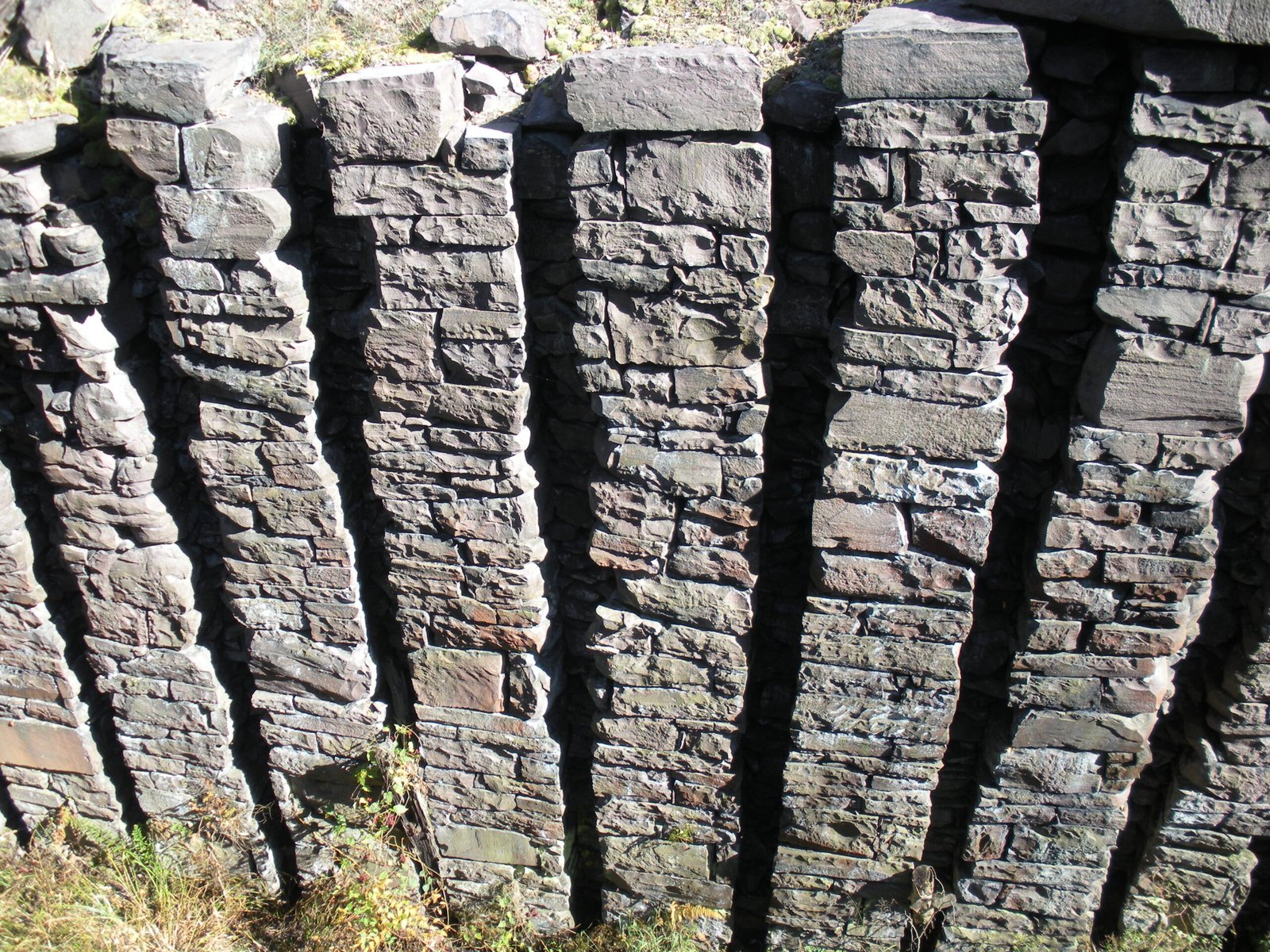
Scientific dating of Mystery Hill has produced frustratingly inconclusive results. Carbon dating of charcoal found within the structures has yielded dates ranging from 2,000 years ago to just 200 years ago. The problem is that charcoal can easily be contaminated by more recent organic material, making it an unreliable indicator of the site’s original construction date.
The wide range of dates suggests either multiple periods of construction and reconstruction, or significant contamination of the samples. Some researchers argue that the oldest dates represent the original construction, while later dates reflect colonial-era modifications. Others believe the entire site is a colonial-era creation that has been repeatedly romanticized.
Stone tools found at the site have been dated to various periods, but again, these could have been deposited at any time. The lack of distinctive artifacts or pottery makes it nearly impossible to assign the site to a specific culture or time period.
The Colonial Farm Theory
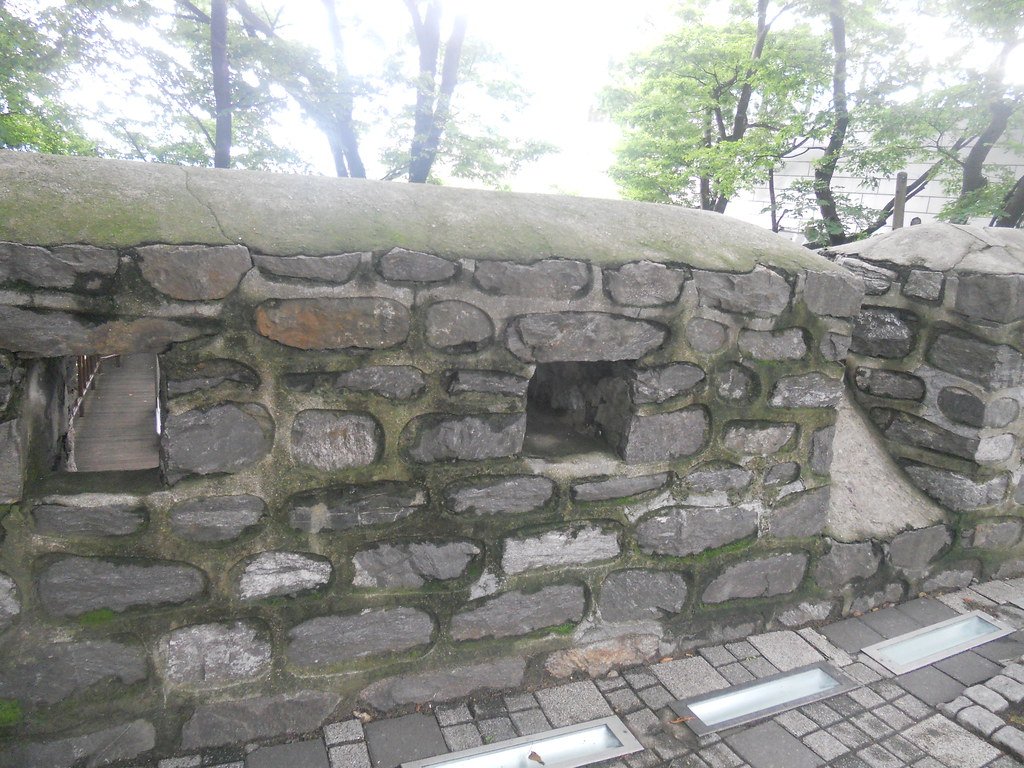
The most mundane but perhaps most plausible explanation for Mystery Hill is that it’s simply the remains of a colonial-era farm. New England farmers in the 18th and 19th centuries were notorious for their extensive stone walls and root cellars, built from the seemingly endless supply of rocks that frost heaved from their fields each spring.
Many of the structures at Mystery Hill could easily be explained as root cellars, animal shelters, or storage facilities. The “sacrificial table” might have been a cider press, and the chambers could have stored vegetables, dairy products, or farm tools. This theory gains credibility when you consider that similar stone structures exist throughout New England’s farming regions.
However, this explanation struggles to account for the site’s astronomical alignments and the apparent antiquity of some construction techniques. Would colonial farmers really have gone to such elaborate lengths to align their root cellars with celestial events?
Native American Connections
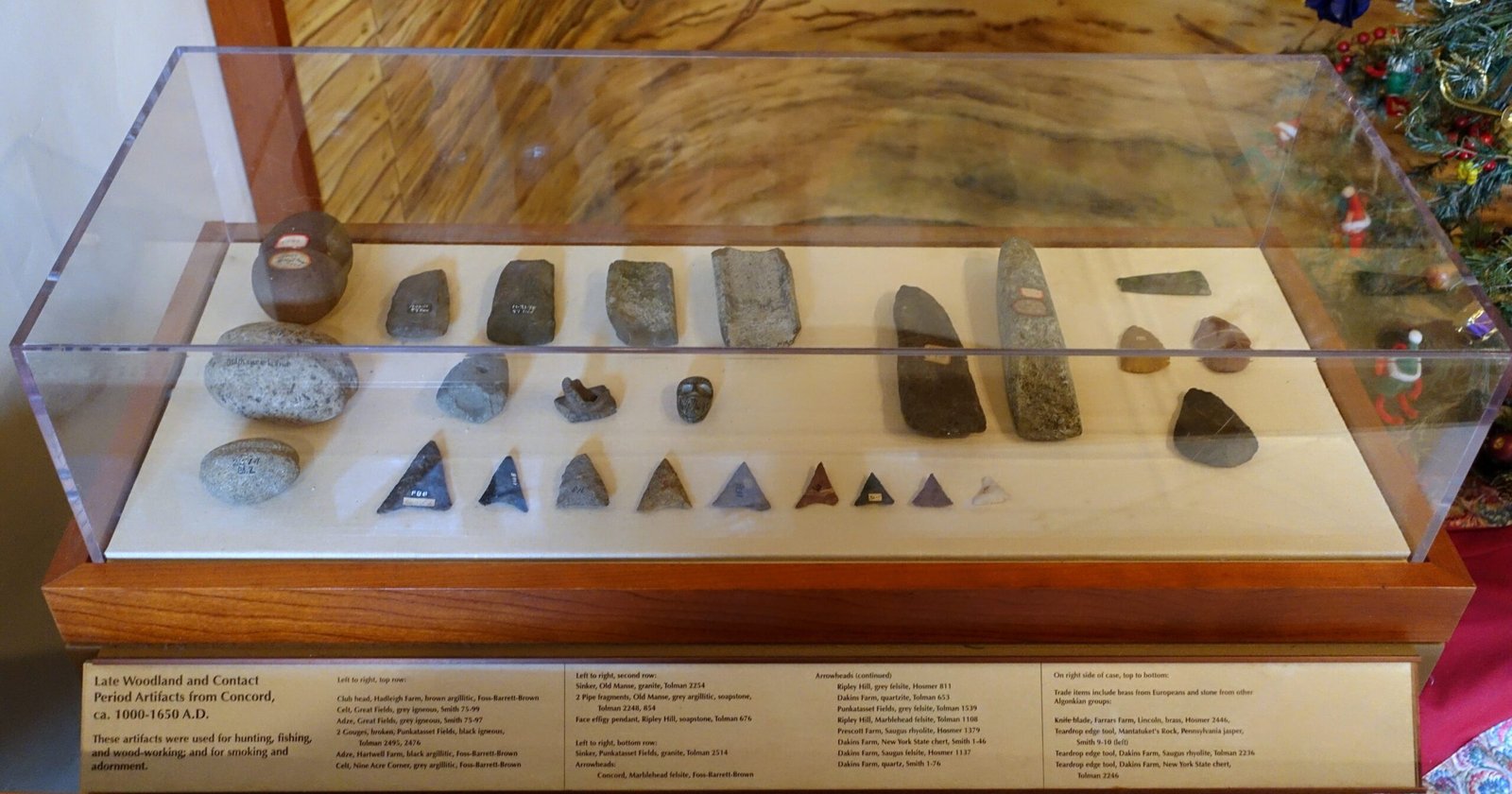
Long before European colonists arrived, the area around Mystery Hill was inhabited by various Native American tribes, including the Pennacook and Abenaki peoples. These cultures had sophisticated astronomical knowledge and built ceremonial sites throughout New England. Some researchers believe Mystery Hill was originally a Native American sacred site that was later modified by colonial settlers.
Archaeological evidence from surrounding areas shows continuous Native American occupation for thousands of years. Tools, pottery fragments, and other artifacts found in the vicinity date back to the Archaic period, around 8,000 years ago. While these findings don’t directly link to Mystery Hill’s construction, they establish a long history of human activity in the region.
The site’s stone arrangements bear some similarities to Native American ceremonial structures found elsewhere in New England, though the construction techniques differ significantly. The lack of typical Native American artifacts at Mystery Hill itself complicates this theory.
The Phoenician Hypothesis

Some of the most exotic theories about Mystery Hill involve ancient Phoenician explorers reaching North America thousands of years before Columbus. Proponents of this theory point to supposed Phoenician inscriptions found at the site and similarities between the stone construction and Mediterranean building techniques.
The Phoenicians were indeed accomplished sailors and traders who established colonies throughout the Mediterranean and possibly ventured into the Atlantic. They had the navigational skills and motivation to explore new territories, and their alphabet influenced many later writing systems. However, concrete evidence of Phoenician presence in North America remains elusive.
Critics argue that the alleged Phoenician inscriptions are either misinterpretations of natural rock formations or examples of pareidolia – the human tendency to see patterns where none exist. The burden of proof for such extraordinary claims remains unmet.
Modern Archaeological Investigations
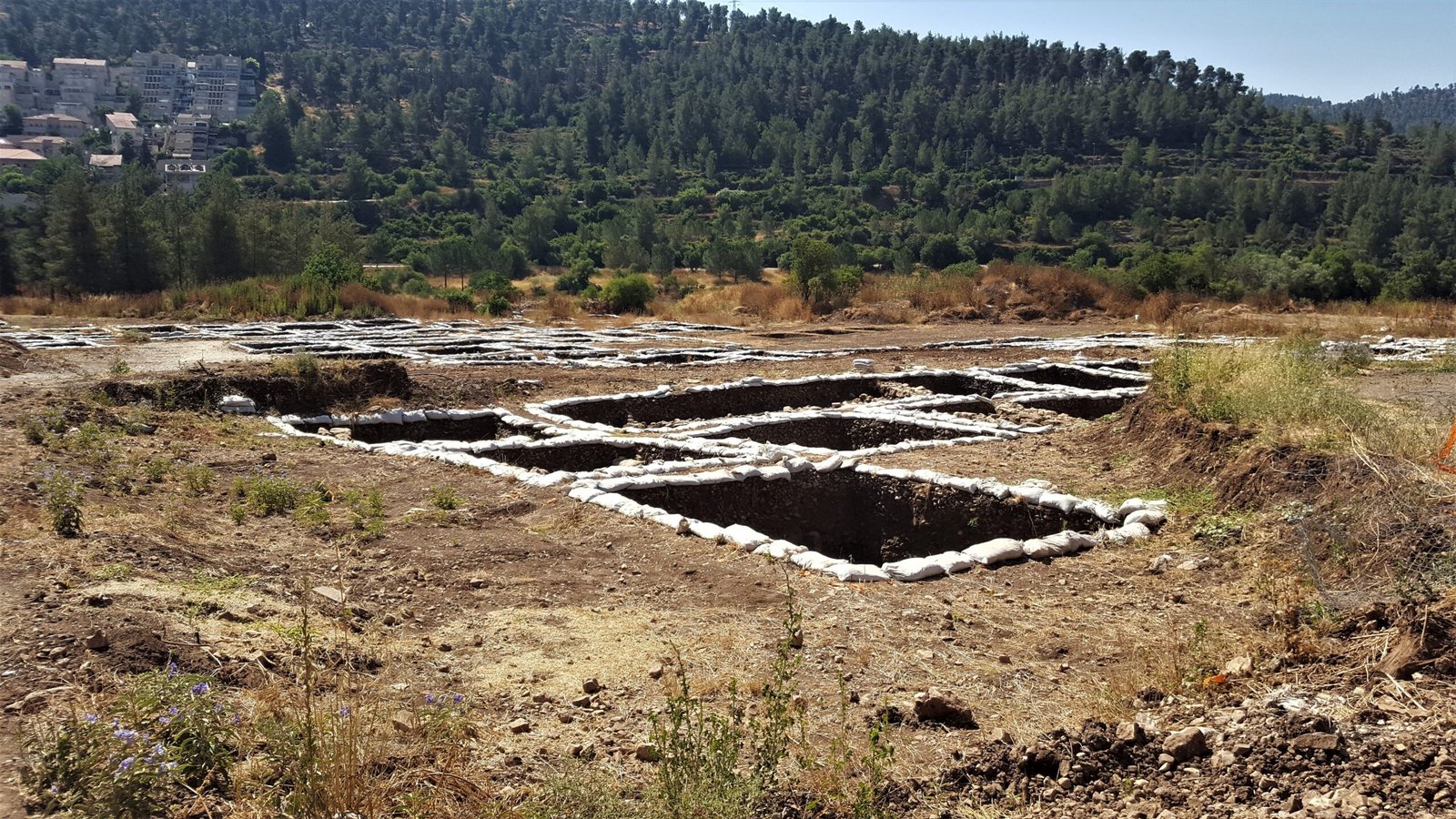
Professional archaeologists have conducted several investigations at Mystery Hill, though their conclusions rarely satisfy believers in the site’s ancient origins. The New Hampshire Archaeological Society has documented the site extensively, concluding that most structures likely date to the colonial period with possible earlier components.
Modern techniques like ground-penetrating radar and 3D mapping have revealed additional structures beneath the surface, but these discoveries raise more questions than they answer. The subsurface features could be natural geological formations, additional colonial-era construction, or evidence of earlier occupation.
The challenge facing archaeologists is that the site has been so extensively modified and disturbed that pristine archaeological contexts are rare. Each new dig must contend with decades of previous excavations, tourist traffic, and well-meaning but destructive restoration efforts.
The Tourism Factor

Mystery Hill attracts over 50,000 visitors annually, making it one of New Hampshire’s most popular archaeological sites. The commercial success of the site has undoubtedly influenced how it’s presented to the public, with marketing materials emphasizing the most sensational theories about ancient civilizations and pre-Columbian explorers.
The site’s current owners have invested significantly in visitor infrastructure, including guided tours, educational programs, and interpretive displays. While these efforts make the site more accessible, they also create financial incentives to maintain the mystery and avoid definitive conclusions that might disappoint tourists seeking ancient wonders.
This tourism dynamic creates a tension between scientific inquiry and commercial viability. Researchers seeking to conduct thorough investigations must balance their need for access with the site’s role as a tourist attraction.
Comparative Analysis with European Sites

Mystery Hill’s supporters often compare it to famous European stone circle sites like Stonehenge, Carnac, and Newgrange. While superficial similarities exist, the differences are more striking than the parallels. European megalithic sites typically feature massive stone monuments, sophisticated engineering, and clear evidence of the cultures that built them.
The stones at Mystery Hill are considerably smaller and less precisely arranged than their European counterparts. The construction techniques, while impressive, don’t approach the sophistication of Bronze Age European monuments. The site lacks the monumental scale and cultural context that characterize authentic megalithic sites.
However, defenders argue that Mystery Hill represents a different tradition of stone construction, possibly adapted to local materials and conditions. They point out that not all ancient sites need to match the grandeur of Stonehenge to be significant.
The Role of Wishful Thinking

The Mystery Hill phenomenon reveals something fascinating about human psychology and our relationship with the past. There’s an almost irresistible urge to believe that our ancestors were more sophisticated, more adventurous, and more connected than mainstream history suggests. This desire for a more romantic past can cloud scientific judgment and lead to overinterpretation of ambiguous evidence.
The site’s history is littered with researchers who arrived with preconceived notions and found exactly what they were looking for. From Irish monks to Phoenician sailors to ancient Celtic druids, each generation of investigators has projected their own vision of the past onto these enigmatic stones.
This pattern of wishful thinking doesn’t necessarily invalidate all claims about Mystery Hill’s significance, but it does suggest the need for extreme caution when evaluating extraordinary claims about the site’s origins.
Environmental Factors and Preservation

New England’s harsh climate has taken a toll on Mystery Hill’s structures over the centuries. Freeze-thaw cycles, root growth, and erosion have gradually shifted stones and obscured original arrangements. What visitors see today may be quite different from what existed even a century ago.
Preservation efforts at the site walk a delicate line between maintaining structural integrity and preserving archaeological evidence. Stabilizing walls and chambers for visitor safety sometimes requires moving stones from their original positions, further complicating efforts to understand the site’s original configuration.
The site’s managers have implemented various conservation measures, including drainage improvements and vegetation management, but the fundamental challenge remains: how do you preserve an outdoor archaeological site while keeping it accessible to thousands of visitors each year?
The Verdict from Mainstream Archaeology
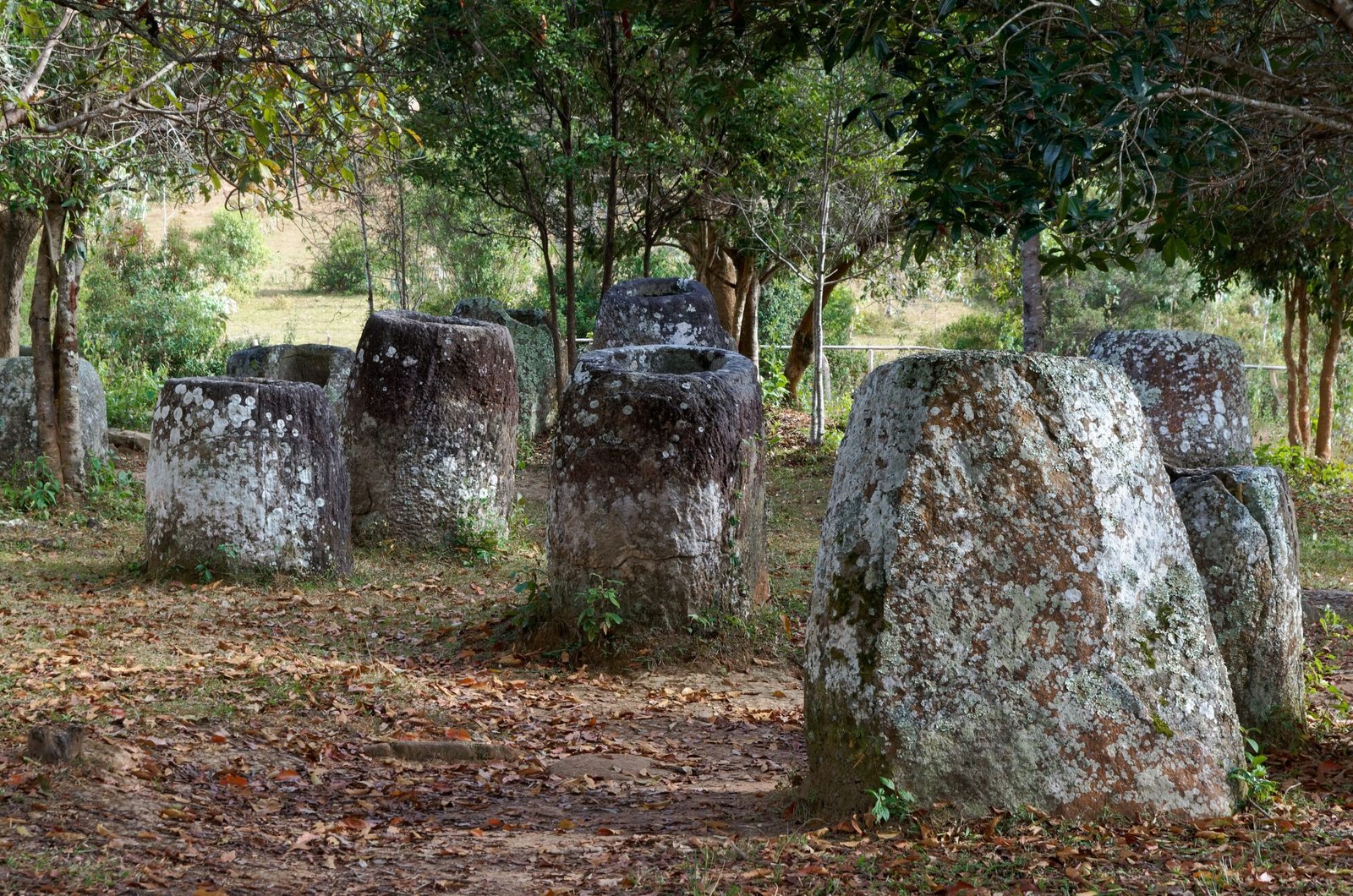
The archaeological establishment has remained largely skeptical of claims about Mystery Hill’s ancient origins. Most professional archaeologists view the site as a colonial-era farm complex that has been romanticized and misinterpreted by enthusiastic amateurs. They point to the lack of diagnostic artifacts, the questionable dating evidence, and the site’s history of modification as reasons for skepticism.
However, this skepticism hasn’t prevented ongoing research and debate. Even conservative archaeologists acknowledge that some aspects of the site remain unexplained and that further investigation might reveal unexpected discoveries. The scientific method requires remaining open to new evidence while maintaining rigorous standards for proof.
The challenge is distinguishing between legitimate archaeological mysteries and unfounded speculation. Mystery Hill occupies an uncomfortable middle ground where conventional explanations don’t satisfy all the evidence, but extraordinary claims lack sufficient support.
What the Evidence Really Shows
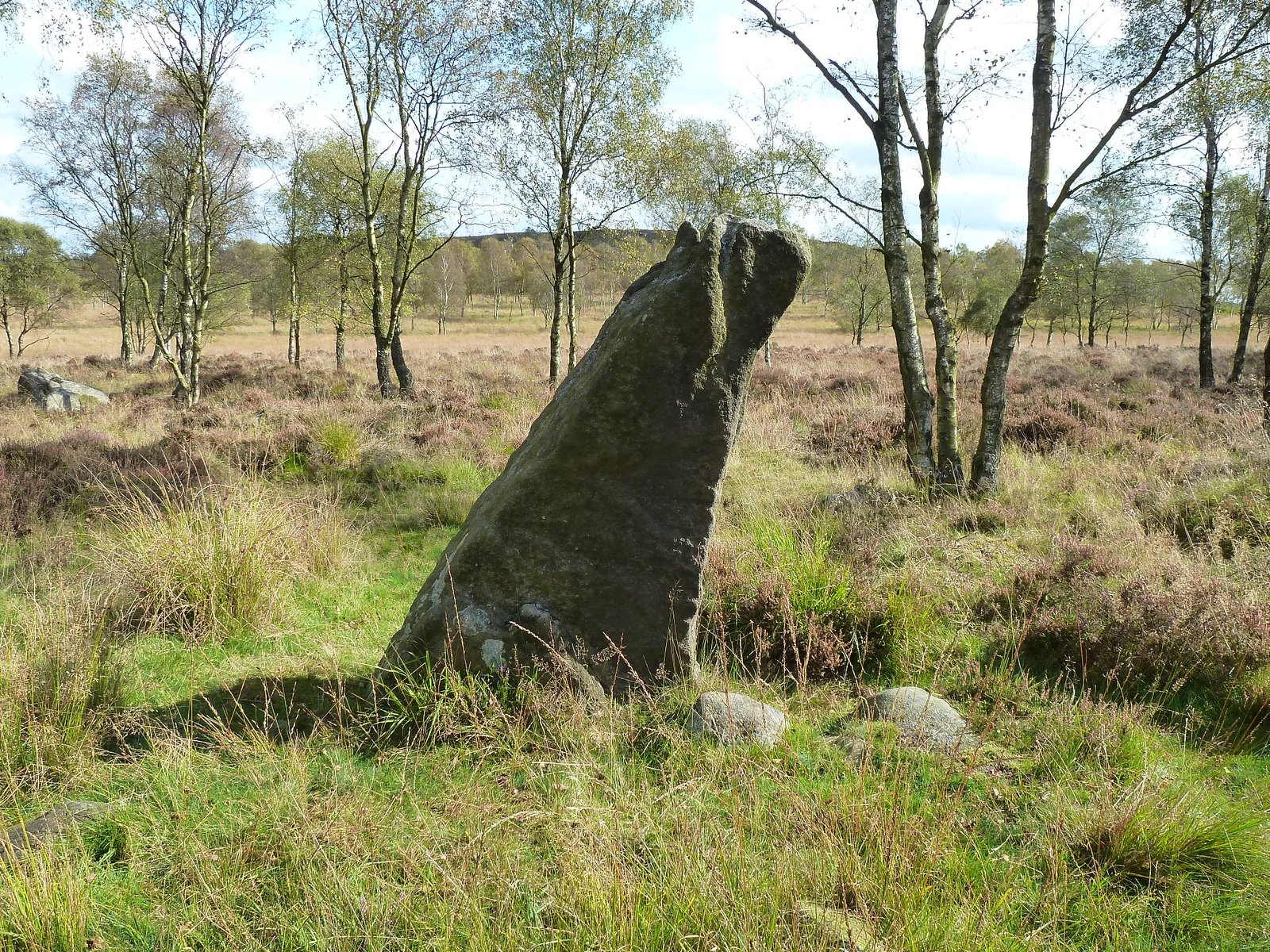
After decades of investigation, the evidence at Mystery Hill remains frustratingly ambiguous. The site clearly represents significant human effort and planning, but determining when, why, and by whom it was built continues to elude researchers. The astronomical alignments suggest sophisticated knowledge, but this knowledge could belong to any number of cultures across a span of centuries.
The stone construction techniques are impressive but not unique to any particular culture or time period. The supposed inscriptions remain highly controversial, with experts disagreeing about their authenticity and meaning. The dating evidence is inconclusive, and the site’s history of modification makes it difficult to determine original configurations.
What we can say with confidence is that Mystery Hill represents a genuine archaeological puzzle deserving of serious study. Whether it’s evidence of ancient European visitors, a sophisticated Native American site, or an elaborate colonial-era farm, it clearly holds significance beyond its current tourist appeal.
The Continuing Mystery
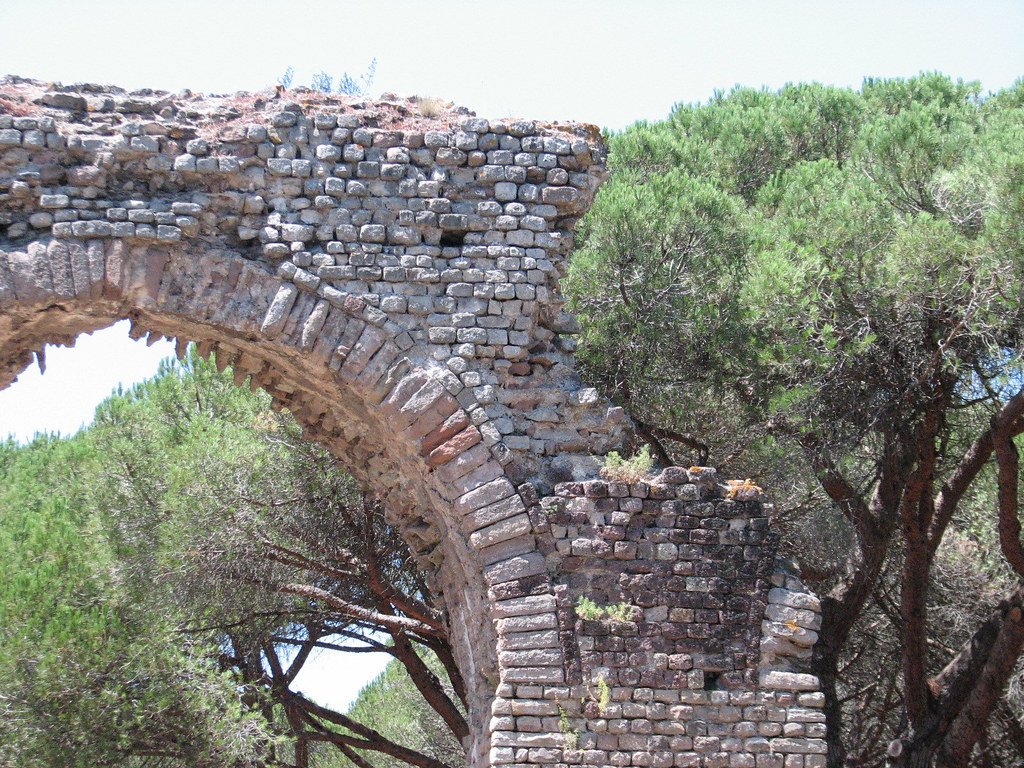
Perhaps the most honest assessment of Mystery Hill is that it remains exactly what its name suggests – a mystery. The site challenges our assumptions about ancient America while simultaneously frustrating our desire for definitive answers. It’s a place where hard science meets human imagination, where careful archaeology confronts wishful thinking.
The debate over Mystery Hill’s origins reflects broader questions about how we understand the past and what constitutes acceptable evidence for extraordinary claims. It’s a reminder that history is constantly being rewritten as new discoveries challenge old assumptions.
Whether Mystery Hill is America’s Stonehenge, a colonial farm, or something entirely different, it continues to inspire wonder and debate. The weathered stones keep their secrets, allowing each visitor to imagine their own version of the past among the ancient chambers and mysterious alignments.
In the end, Mystery Hill’s greatest mystery might not be who built it, but why we’re so eager to believe it holds the key to a forgotten chapter of American history. What does our fascination with these stones tell us about our relationship with the past and our hunger for mystery in an increasingly explained world?

